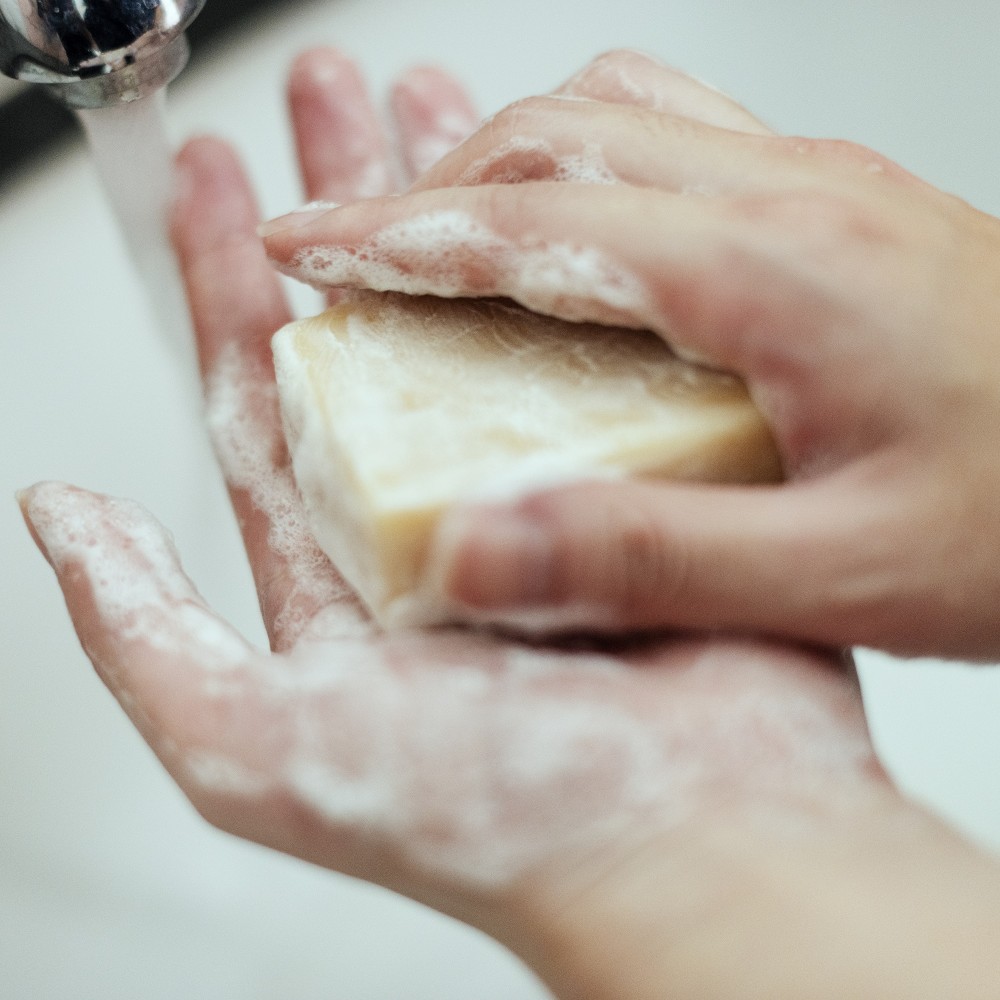While it has always been important to properly wash and rinse your hands, to prevent the spread of germs and infections, it has never received this amount of attention. According to the Center of Disease Control (CDC), handwashing can prevent about 30% of diarrhea-related sicknesses and about 20% of respiratory infections, such as the common cold. Even though there is currently no vaccine to prevent the Coronavirus Disease, one of the best ways to prevent the illness is by washing your hands.
Here are the five simple steps to follow when washing your hands.
1.Wet your hands with clean, running water (warm or cold), turn off the tap, and apply soap.
Why? Because hands could become re-contaminated if placed in a basin of standing water that has been contaminated through previous use, clean running water should be used.
2. Lather your hands by rubbing them together with the soap. Be sure to lather the backs of your hands, between your fingers, and under your nails.
Why? Lathering and scrubbing hands creates friction, which helps lift dirt, grease, and microbes from skin.
3. Scrub your hands for at least 20 seconds. Need a timer? Hum the "Happy Birthday" song from beginning to end twice.
Why? Determining the optimal length of time for handwashing is difficult because few studies about the health impacts of altering handwashing times have been done.
4. Rinse your hands well under clean, running water.
Why? Soap and friction help lift dirt, grease, and microbes—including disease-causing germs—from skin so they can then be rinsed off of hands.
5. Dry your hands using a clean towel or air dry them.
Why? Germs can be transferred more easily to and from wet hands; therefore, hands should be dried after washing.
(Source: CDC.gov)







